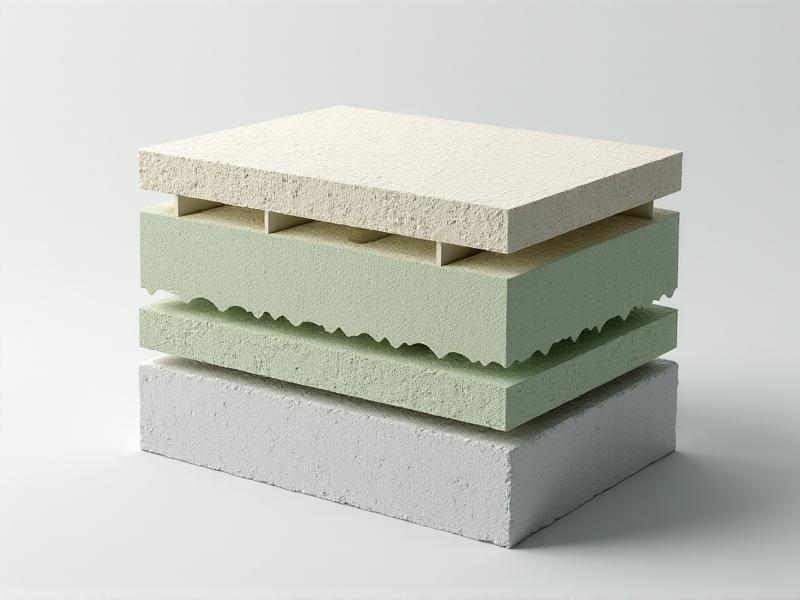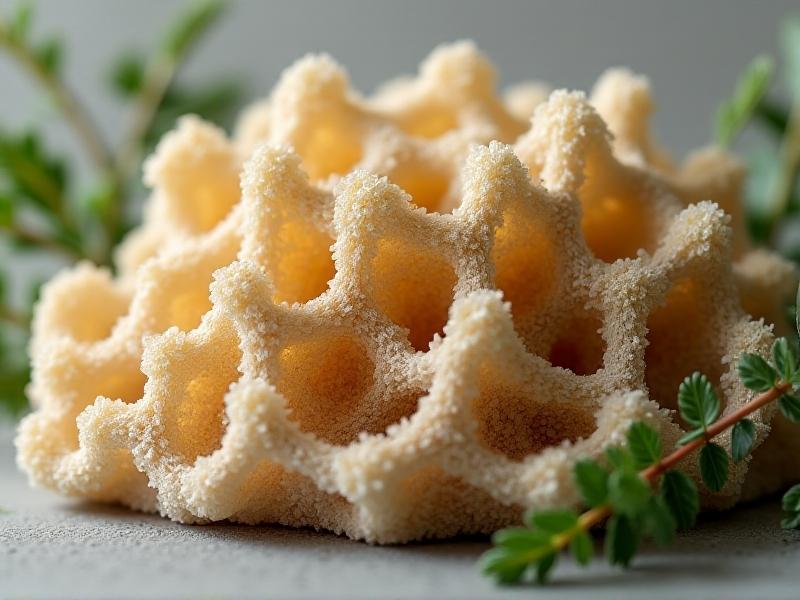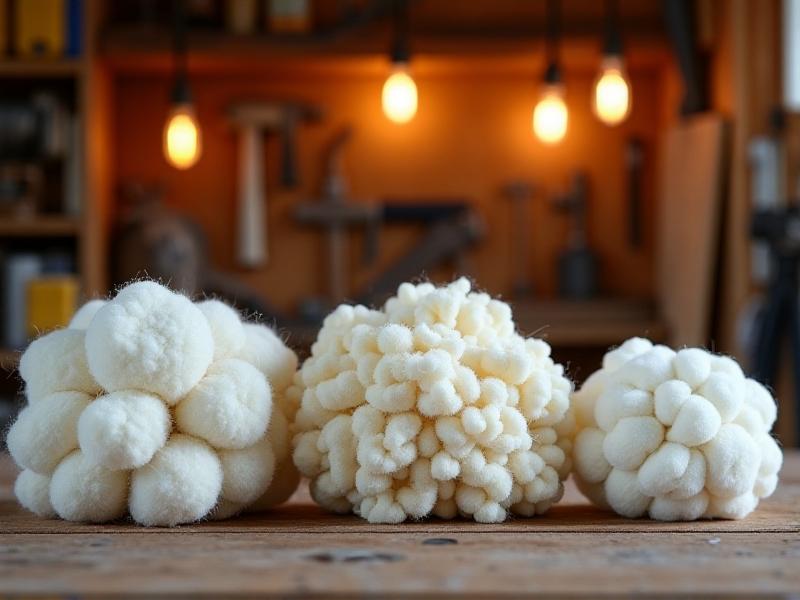Firestop Solutions for Myco-Insulation Joints and Penetrations
Understanding Myco-Insulation and Its Fire Safety Challenges
Myco-insulation, derived from mycelium—the root structure of fungi—has emerged as a sustainable alternative to traditional insulation materials. Its eco-friendly properties, biodegradability, and thermal efficiency make it an attractive choice for modern construction. However, integrating myco-insulation into buildings introduces unique fire safety challenges, particularly at joints and penetrations where gaps can compromise fire resistance.
Firestop solutions are critical in these areas to prevent the spread of fire, smoke, and toxic gases. Unlike conventional insulation materials, myco-insulation requires specialized firestop products that account for its organic composition and unique behavior under high temperatures. Understanding these challenges is the first step toward implementing effective fire safety measures.

Key Principles of Firestop Solutions for Myco-Insulation
Firestop solutions for myco-insulation are designed to maintain the integrity of fire-rated assemblies by sealing joints and penetrations. These solutions must adhere to key principles, including compatibility with myco-insulation, durability under fire conditions, and compliance with fire safety standards such as ASTM E814 and UL 1479.
One of the primary considerations is the material's ability to expand and contract with temperature changes, ensuring a tight seal even under extreme conditions. Additionally, firestop products must be non-combustible and capable of withstanding high temperatures without degrading. Understanding these principles helps in selecting the right firestop solutions for myco-insulation applications.
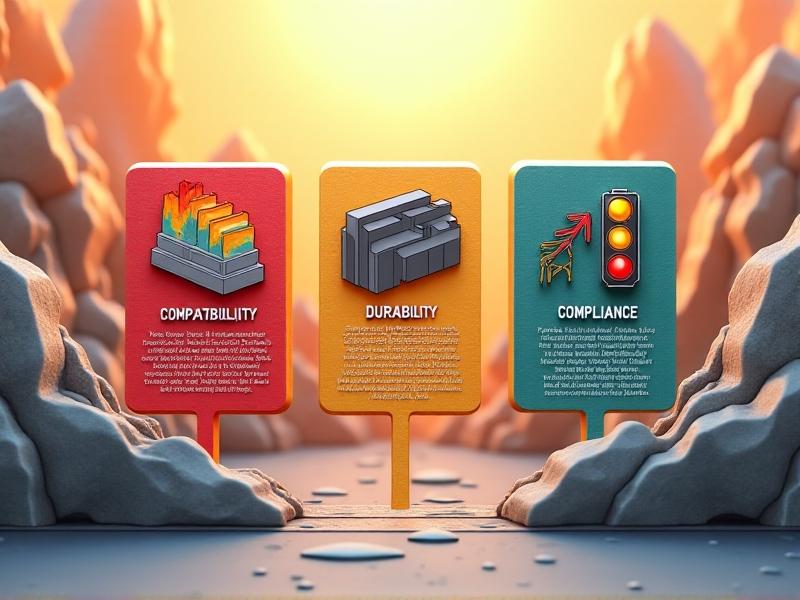
Types of Firestop Products Suitable for Myco-Insulation
Several types of firestop products are suitable for myco-insulation, including firestop sealants, mortars, and pillows. Firestop sealants, often silicone-based, are flexible and ideal for sealing small gaps and joints. Firestop mortars, made from cementitious materials, provide robust protection for larger penetrations. Firestop pillows, composed of intumescent materials, are effective for irregular or hard-to-seal areas.
Each product type has its advantages and limitations, and the choice depends on the specific application and fire safety requirements. For instance, firestop sealants are easy to apply but may require reapplication over time, while firestop mortars offer long-lasting protection but are less flexible. Selecting the right product ensures optimal fire safety for myco-insulation installations.
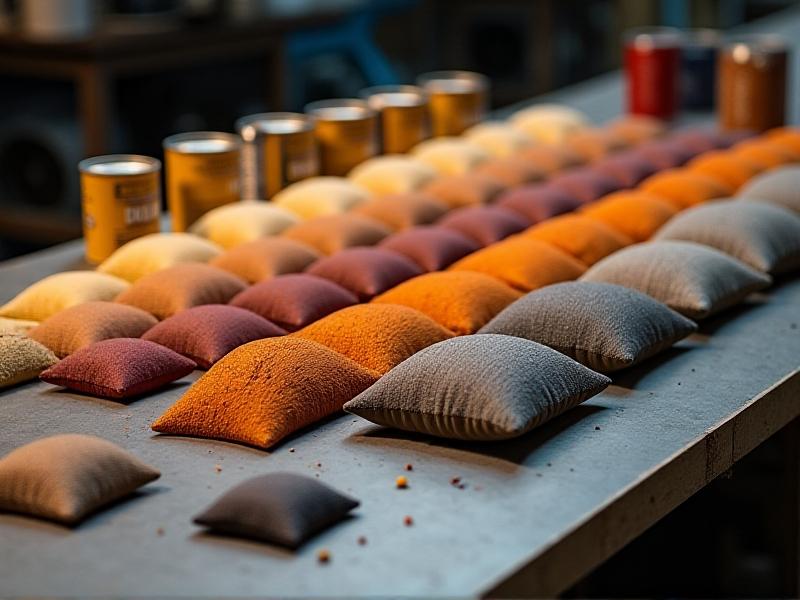
Installation Best Practices for Firestop Solutions
Proper installation of firestop solutions is crucial for their effectiveness. This begins with a thorough inspection of joints and penetrations to identify gaps and ensure compatibility with the chosen firestop product. Surface preparation, such as cleaning and priming, is essential to achieve a strong bond.
During installation, it is important to follow the manufacturer's guidelines, including recommended application thickness and curing times. Regular inspections and maintenance are also necessary to ensure the firestop solutions remain intact and functional over time. Adhering to these best practices maximizes the fire safety performance of myco-insulation systems.
Testing and Certification of Firestop Solutions
Testing and certification are critical steps in ensuring the reliability of firestop solutions for myco-insulation. Products must undergo rigorous testing to evaluate their performance under fire conditions, including their ability to prevent the spread of flames, smoke, and heat. Certifications from recognized organizations, such as UL or FM Global, provide assurance of a product's quality and compliance with industry standards.
It is essential to verify that the chosen firestop solution has been tested specifically with myco-insulation, as its unique properties may affect performance. Understanding the testing and certification process helps in making informed decisions and ensuring the highest level of fire safety in construction projects.
Case Studies: Successful Applications of Firestop Solutions
Examining real-world applications of firestop solutions for myco-insulation provides valuable insights into their effectiveness. Case studies highlight successful projects where firestop products were used to address specific challenges, such as sealing irregular joints or protecting large penetrations.
These examples demonstrate the importance of selecting the right firestop solution and following best practices during installation. They also showcase the versatility of firestop products in various construction scenarios, from residential buildings to commercial complexes. Learning from these case studies can guide future projects and improve fire safety outcomes.
Future Trends in Firestop Solutions for Myco-Insulation
As the construction industry continues to embrace sustainable materials, the demand for effective firestop solutions for myco-insulation is expected to grow. Future trends may include the development of advanced firestop products specifically designed for myco-insulation, as well as innovations in testing and certification processes.
Additionally, increased awareness of fire safety and sustainability is likely to drive research and development in this field. Staying informed about these trends ensures that construction professionals can adopt the latest technologies and best practices, enhancing both fire safety and environmental performance in their projects.

